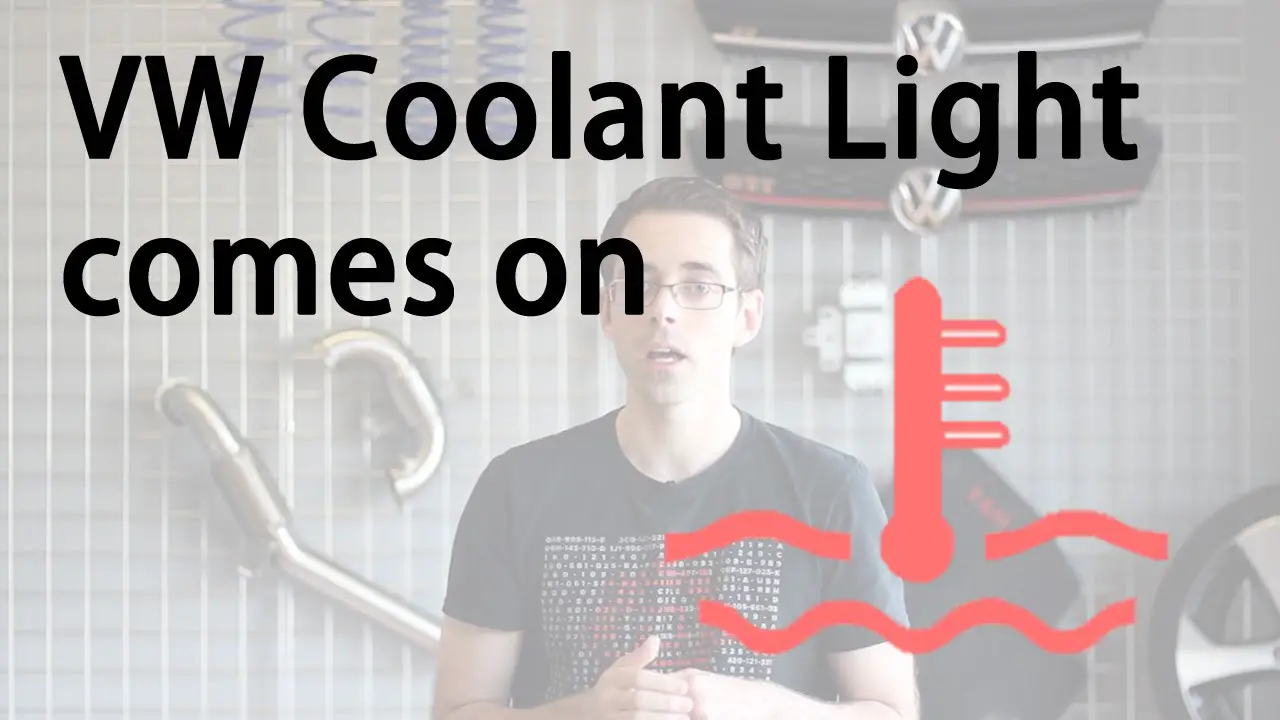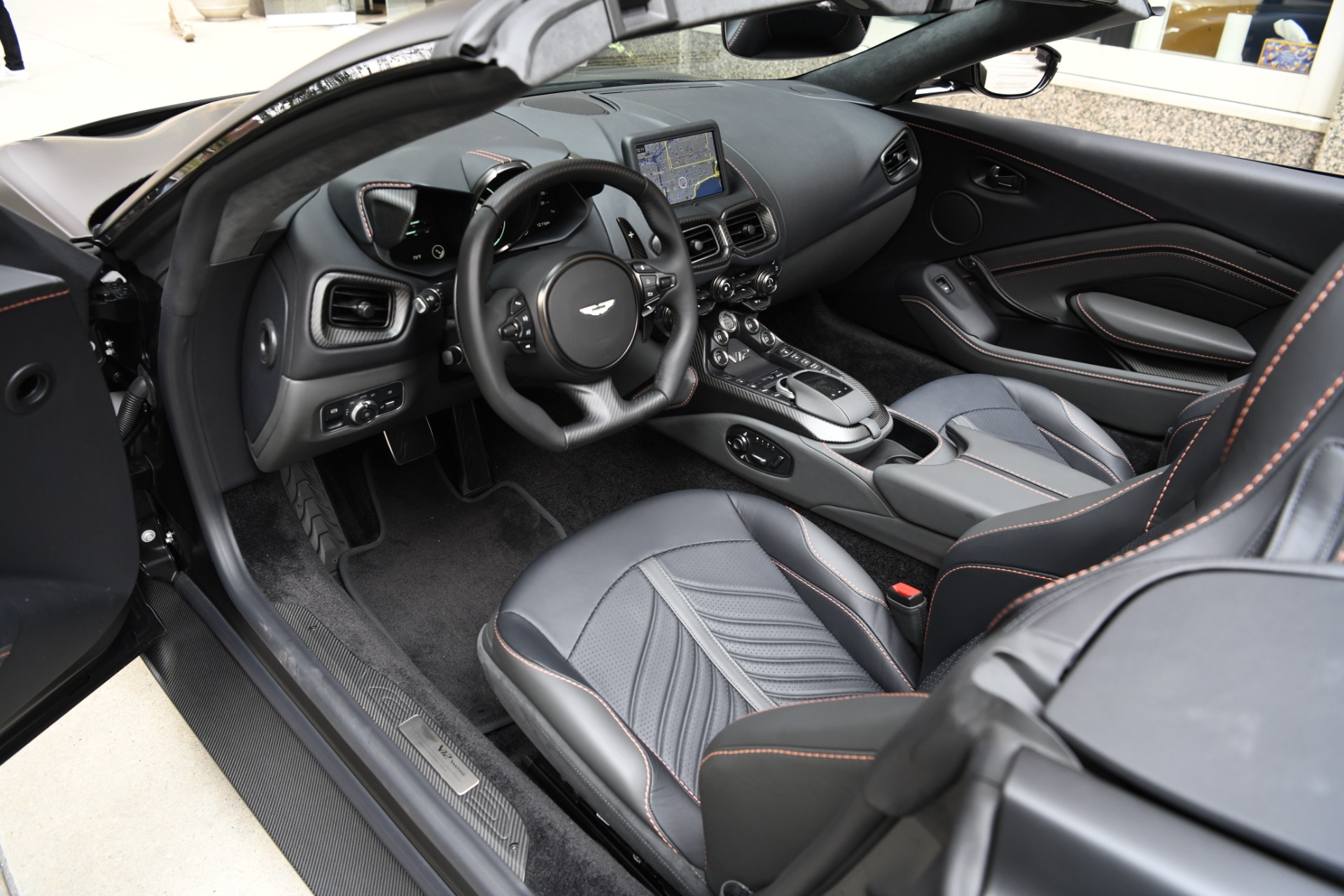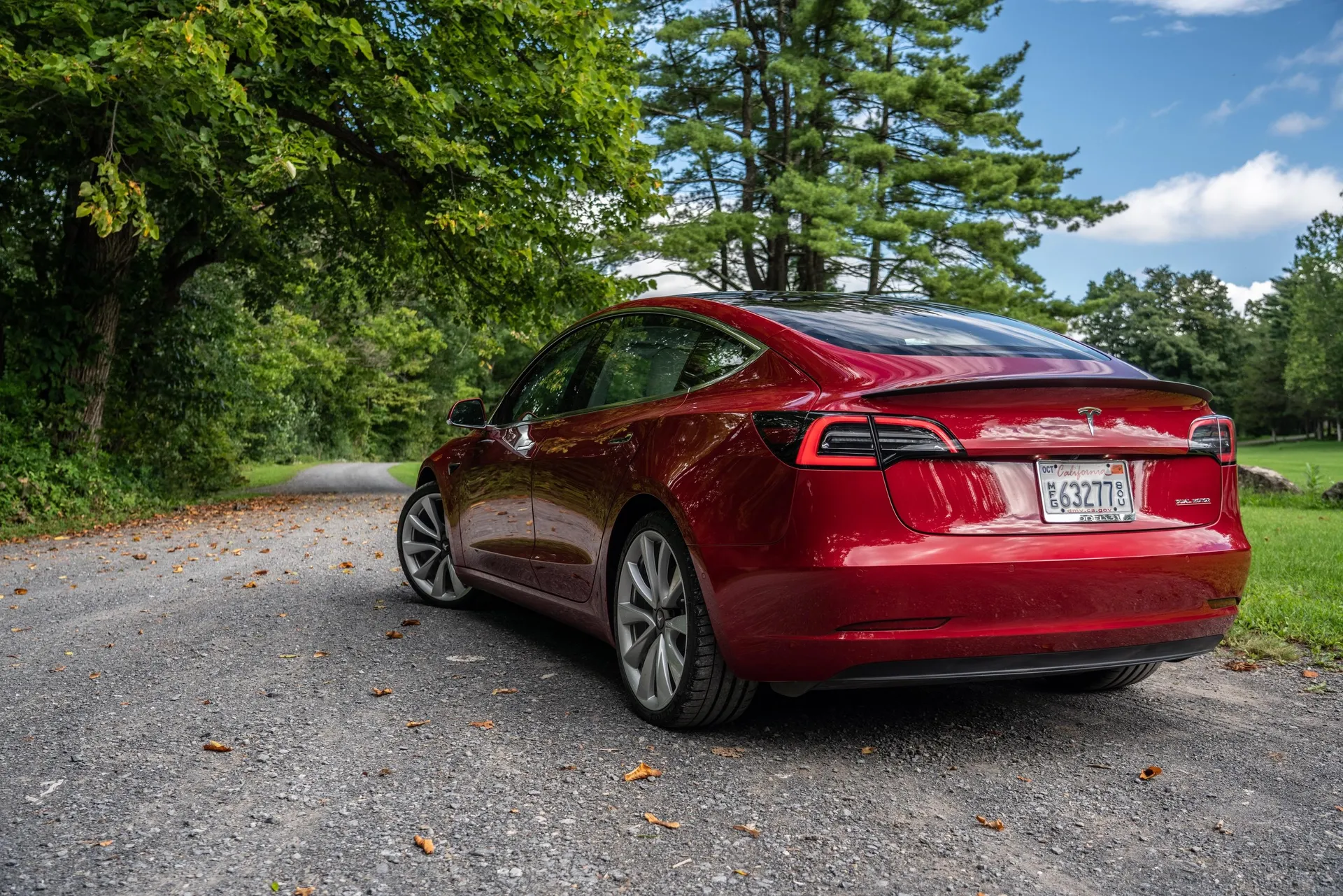If you own a Chevy Silverado, you know how important it is to have a functioning air conditioning system, especially in hot weather.
But what if your AC stops working properly, or you need to reset it for some reason?
How do you do that without taking your truck to a mechanic or spending a lot of money?
In this article, we will show you how to reset AC on a Chevy Silverado in simple steps.
You will learn how to troubleshoot common AC problems, how to access the AC control panel, and how to reset the AC system using a simple procedure.
By following these steps, you will be able to restore your AC to its optimal performance and enjoy a comfortable ride.
Resetting the AC on a Chevy Silverado is not a complicated task, and you can do it yourself with some basic tools and knowledge.
However, before resetting your AC, you should always check the owner’s manual for any specific instructions or warnings.
Also, you should wear protective gloves and eyewear to avoid any injuries or damage.
How To Troubleshoot Common AC Problems On Chevy Silverado?
Here are the general troubleshooting steps for common AC issues in a Chevy Silverado:
Step one: Start Simple
- Check the cabin air filter: A clogged filter can restrict airflow and reduce cooling efficiency. Replace the filter if it is dirty.
- Ensure vents are directed properly: Make sure air vents are not blocked and are directed toward the desired areas.
Step two: Look for Warning Signs
- Listen for unusual noises: Strange noises coming from the AC system, like grinding or clunking, could indicate component failure.
- Check for leaks: Look for visible signs of leaks around the AC system components, like the compressor or condenser.
- Feel for uneven air temperature: Inconsistent air temperature from different vents might indicate a malfunctioning blend door or airflow issue.
Step three: Consider Potential Issues
- Low refrigerant level: This is a common cause of poor cooling performance. If suspected, seek professional help for safe refrigerant handling and refilling.
- Faulty compressor: The compressor is the heart of the AC system and can fail due to various reasons. It’s recommended to consult a qualified mechanic for diagnosis and repair.
- Electrical problems: Electrical issues like faulty wiring or malfunctioning control modules can disrupt AC operation. Consulting a mechanic is crucial for proper diagnosis and repair.
Also Read: Everything You Need To Know About the 2013 Chevy Silverado 1500 Transmission
How to Access the AC Control Panel on Chevy Silverado?
The AC control panel on a Chevy Silverado is located in the center console, below the radio and above the climate vents. To access the AC control panel, you need to remove the dash paneling around it and unscrew the bolts that hold it in place. Here are the steps to do it:
Step one: Lower the steering wheel and pry off the paneling around the driver’s side dash, the HVAC controller, and the radio. You can use a flathead screwdriver or a trim removal tool to do this. Be careful not to damage the clips or the wires behind the paneling.
Step two: Unscrew the bolts on either side of the HVAC controller, using a 7mm socket wrench or a cordless screwdriver. There should be two bolts on each side. Push in the clips on the top and bottom of the controller, and then pull it out. Disconnect the electrical harnesses from the back of the controller.
Step three: Connect the new HVAC controller and slide it into the housing. Make sure the clips snap into place and the controller is secure. Reconnect the electrical harnesses and screw the bolts back in.
Step four: Reattach the paneling around the dash, the HVAC controller, and the radio. Make sure the clips align with the holes and press firmly to snap them in. Adjust the steering wheel to your preferred position.
How To Reset The AC System On Chevy Silverado In Simple Steps?

Here are the simple steps to reset the AC system on a Chevy Silverado:
- Turn off the engine and the air conditioning system. Make sure the fan is off as well.
- Locate the fuse box. This is typically under the dashboard on the driver’s side or the hood near the battery. Consult your owner’s manual for the exact location of your specific Silverado model.
- Identify the AC fuse. The fuse box should have a diagram or legend that identifies each fuse. Look for the fuse labeled “AC” or “HVAC” (Heating, Ventilation, and Air Conditioning).
- Carefully remove the AC fuse. You can use a fuse puller tool for easier and safer removal. If you don’t have one, you can carefully use needle-nose pliers, but be cautious not to damage the fuse or surrounding components.
- Wait for at least 60 seconds. This allows the system to discharge and reset completely.
- Reinsert the AC fuse firmly back into its slot.
- Start the engine and turn on the air conditioning system. The AC should now function normally.
What Are The Benefits Of Resetting The AC System On The Chevy Silverado?
Resetting the AC system on your Chevy Silverado can have several benefits, such as:
- Resolving minor issues that might affect the AC system’s performance, such as blowing warm air, not cooling enough, or not turning off.
- Clearing any glitches in the system’s operation that might cause errors or software issues.
- Rebooting the AC system and restoring its efficiency and longevity.
How To Maintain The AC System On Chevy Silverado After Resetting?
Here are some tips on how to maintain the AC system on your Chevy Silverado after resetting it;
- Check for any leaks or damages in the AC system, such as a refrigerant leak, a hole in the AC system, or a loose hose. These can affect the AC system’s performance and efficiency and may require professional attention.
- Keep the AC system clean and free of debris that might clog the system or cause errors. You can use a soft brush or a vacuum cleaner to remove any dust or dirt from the vents, filters, and components.
- Follow the manufacturer’s recommendations for checking and replacing the AC system’s parts, such as the compressor, the relay, or the fuse. These parts are essential for the AC system’s operation and longevity.
Why Is My Chevy Silverado AC Not Blowing Cold?
If your Chevy Silverado AC is not blowing cold, worry no more. It can be a frustrating and uncomfortable situation, especially in hot weather. There are several possible causes for this problem, but the most common is;
Low or Overcharged refrigerant
Refrigerant is the substance that circulates in the AC system and absorbs and releases heat from the cabin. If the refrigerant level is too low, it can affect the AC system’s performance and efficiency and may require professional attention. If the refrigerant level is too high, it can cause problems and damage the AC system.
A low or overcharged refrigerant level can be caused by a leak or if the AC has not been recharged for a long time. A leak can be diagnosed by injecting a small amount of fluorescent dye into the AC system and finding the leaking component under UV light. Recharging the AC system can be done by using a do-it-yourself AC recharge kit and following the manufacturer’s instructions.
Related Post: Chevy Silverado Rattling Noise When Accelerating: A Comprehensive Guide
How Long Does It Take For An AC Unit To Reset On a Chevy Silverado?
The time it will take to reset your AC Unit depends on the method you use as follows;
Using the reset button: This method is quick and easy. You just need to unplug your AC unit, wait 15 seconds, then plug it back in. Then, press and hold the red reset button on the unit for 3-5 seconds and release it. Your AC unit should start working normally after a few seconds.
Using the circuit breaker: This method takes longer but can help resolve more issues. You need to turn off your thermostat and cut power to your AC unit by flipping the breaker to “off”. Then, wait for 5 minutes before restoring power to the unit. After 2 minutes, turn on your thermostat and set it to “cool”. Your AC unit should start working normally after 30 minutes.
Why Is My Ac Blowing Warm After A Power Surge On Chevy Silverado?
If your Chevy Silverado AC is blowing warm air after a power surge, it could be due to one of the following reasons:
A bad fuse or relay: The fuse or relay protects the AC system from electrical surges and shorts. If the fuse or relay is blown or faulty, it can cut off the power to the AC system. You can check the fuse or relay by locating the HVAC fuse (check the owner’s manual) and testing it with a multimeter or a test light. If the fuse or relay is bad, replace it with a new one.
A bad compressor clutch: The compressor clutch engages and disengages the compressor, which is the heart of the AC system. If the compressor clutch is worn or damaged, it can prevent the compressor from turning on and off. You can check the compressor clutch by turning on the AC and listening for a clicking sound from the compressor. If the clutch is bad, you may need to replace the entire compressor or have it repaired by a professional.
A bad alternator or battery: The alternator and battery provide the electrical power to the AC system and other components. If the alternator or battery is weak or failing, it can affect the AC system’s performance and efficiency. You can check the alternator and battery by using a voltmeter or a battery tester. If the alternator or battery is bad, replace it with a new one.
How Do I Fix My Ac Power Loss On Chevy Silverado?
If your Chevy Silverado is experiencing AC power loss, it means that the AC system is not getting enough voltage to operate properly. This can result in poor cooling performance, reduced airflow, or no AC at all. It is also caused by a bad alternator or battery, a bad compressor clutch, and a bad fuse or relay. One possible way to fix your AC power loss on a Chevy Silverado is to reset the AC system.
Here are the steps to do that:
- Turn off the vehicle and open the hood.
- Locate the AC compressor relay in the fuse box under the hood. You can check your owner’s manual or the diagram inside the fuse box cover to find it.
- Remove the relay from its socket and inspect it for any damage or corrosion. If you see any, replace the relay with a new one.
- Reinsert the relay firmly into its socket and make sure it is securely seated.
- Start the vehicle and turn on the AC system. Set the temperature and fan speed to your preference.
- Monitor the AC performance and see if it is cooling properly. If not, you may have a more serious issue that requires professional attention.
Why Does My AC Run Hot Then Cold On Chevy Silverado?
If your Chevy Silverado AC is running hot then cold, it could be due to one of the following reasons:
Low or overcharged refrigerant
The refrigerant is the substance that circulates in the AC system and absorbs and releases heat from the cabin. If the refrigerant level is too low or too high, it can affect the AC system’s performance and efficiency and may require professional attention. You can check the refrigerant level by using a pressure gauge or a do-it-yourself AC recharge kit and following the manufacturer’s instructions.
Compressor malfunction
The compressor is the heart of the AC system, and it turns the refrigerant from a gas to a liquid and vice versa. If the compressor is worn or damaged, it can prevent the AC system from cooling properly. You can check the compressor by turning on the AC and listening for a clicking sound from the compressor. If the compressor is bad, you may need to replace the entire compressor or have it repaired by a professional.
A dirty condenser or evaporator coils
The condenser and evaporator coils are the parts of the AC system that exchange heat with the air. If the coils are dirty or clogged, they can reduce the AC system’s efficiency and cause the air to blow hot and then cold. You can clean the coils by using a soft brush or a spray cleaner and following the manufacturer’s instructions.
Also Read: Chevy Silverado Starting Problems? Don’t Panic, We’ve Got You Covered!
Why Does My AC Keep Starting And Stopping?
If your AC keeps starting and stopping, it could be because of a problem called short cycling. Short cycling occurs when the AC system becomes stuck in the start-up cycle and the compressor stops prematurely. As a result, the unit turns on and off repeatedly without going through the normal cooling cycle.
Short cycling can be caused by various factors, such as:
- Low or overcharged refrigerant level
- Compressor malfunction
- Dirty condenser or evaporator coils
- Bad fuse or relay
- Bad thermostat or thermostat placement
- Oversized unit
- Dirty air filter
- Clogged drain line
- High or low outdoor temperature
To fix this issue, you will need to replace the AC cycling switch with a new one. This is a relatively easy and inexpensive procedure that you can do yourself, or you can take it to a professional mechanic for assistance.
Conclusion
As an owner of a Chevy Silverado, you must know how to troubleshoot steps for common AC issues in your car.
This includes the initial steps involved in checking the cabin air filter and ensuring vents are directed properly.
Listening for unusual noises, checking for leaks, and feeling for uneven air temperature are advised for further diagnosis.
Potential issues like low refrigerant, faulty compressor, and electrical problems are mentioned, all requiring professional attention.
You must also know how to access and reset the AC control panel, a procedure not recommended without consulting the owner’s manual and appropriate safety measures.
This article has offered you a simplified explanation of resetting the AC system by removing and re-inserting the AC fuse, emphasizing professional help for further issues.
The benefits of resetting the AC include resolving minor performance issues, clearing system glitches, and potentially improving efficiency.
Maintaining the AC system involves checking for leaks and damage, keeping it clean, and following the manufacturer’s recommendations for part replacements.
The article concludes by mentioning common reasons why a Chevy Silverado AC might not be blowing cold, including low or overcharged refrigerant. It emphasizes the importance of professional help in dealing with such issues.




